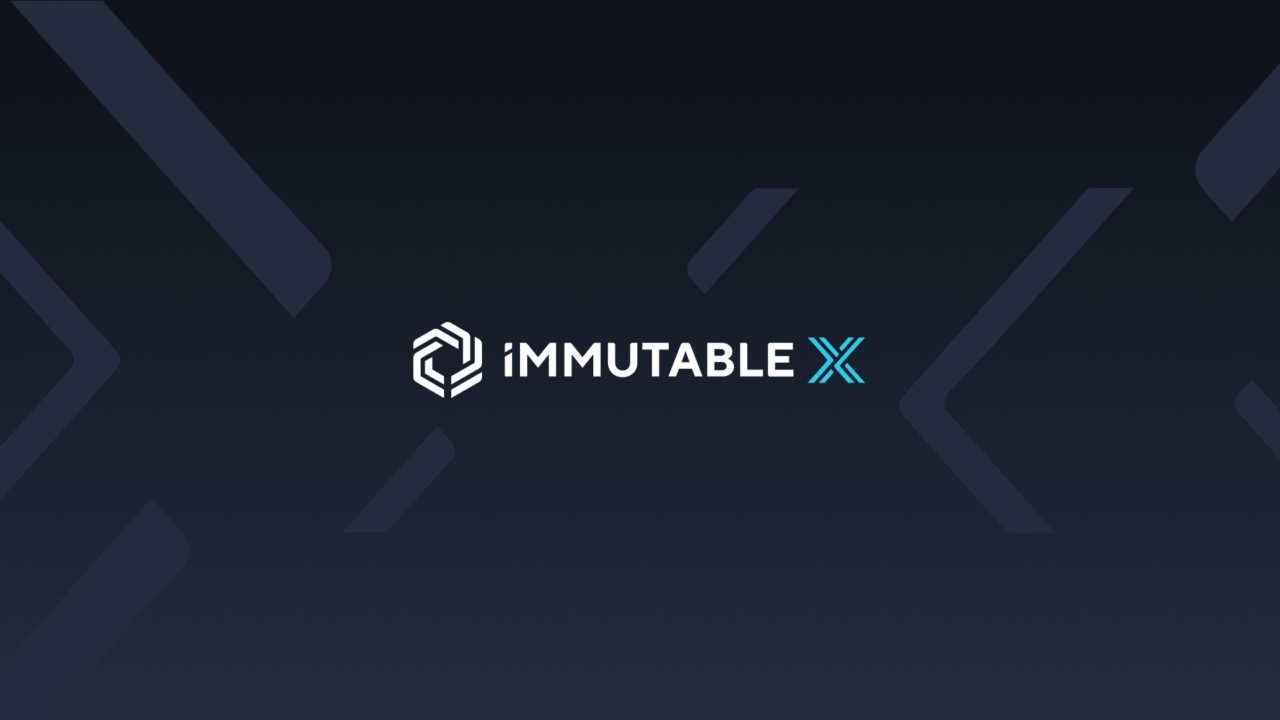Immutable X Platform and IMX Token Overview
This article provides an overview of the Immutable X platform and its native token, IMX, summarizing key information from its whitepaper and highlighting potential benefits and risks to its tokenomics strategy.
Note that the following information is intended for informational purposes only and does not constitute financial advice.
Immutable X Platform
Immutable X is a layer-2 scaling solution for NFTs on Ethereum. It focuses on providing zero gas fees for NFT trading, instant trade confirmation, and massive scalability without compromising user custody.
Key Features
- Zero Gas Fees: Trading NFTs on Immutable X incurs no gas fees, making it more accessible and cost-effective for users.
- Instant Confirmation: Transactions are confirmed instantly, eliminating waiting times and improving the user experience.
- Scalability: The platform is designed to handle a high volume of transactions, supporting the growing NFT market.
- Security: Immutable X leverages Ethereum’s security while providing its scaling solutions.
IMX Token
IMX is the native utility token of the Immutable X platform. It plays a crucial role in the ecosystem, incentivizing user behavior and platform governance.
Token Utilities
- Governance: IMX holders can participate in the governance of the platform, voting on proposals and shaping its future development.
- Staking: Users can stake IMX tokens to earn rewards, contributing to the security and stability of the network.
- Fees: IMX is used to pay transaction fees on the platform, although these fees are significantly lower than those on Ethereum.
Tokenomics Strategy
The tokenomics strategy of IMX aims to align the incentives of users, developers, and the platform itself. By rewarding active participation and staking, the strategy encourages long-term engagement and platform growth.
Potential Benefits
- Increased User Engagement: Incentives like staking rewards can drive user engagement and platform adoption.
- Decentralized Governance: IMX token holders have a say in the platform’s future, fostering a decentralized and community-driven approach.
- Network Security: Staking helps secure the network and ensures its stability, benefiting all users.
- Developer-Friendly Revenue Model: Immutable X offers a flexible and attractive revenue-sharing model for game developers, increasing adoption.
Potential Risks
- Centralization Concerns: While it operates as a Layer 2 on Ethereum, some critics argue that the network’s control mechanisms and governance are relatively centralized.
- IMX Token Utility Limitations: The primary use of IMX is governance, staking, and transaction fee payments, which may not be enough to sustain long-term demand compared to tokens with broader use cases.
- Competitive Landscape: Competes with other Layer 2 solutions like Arbitrum, Optimism, and Polygon, as well as alternative NFT-focused chains like Solana and Flow.
- Market Dependence on Gaming/NFTs: The IMX token’s value is heavily tied to the gaming and NFT sector, which can be volatile and subject to changing trends.
- Limited DeFi Integration: Unlike platforms like Polygon or Binance Smart Chain, which have strong DeFi ecosystems, Immutable X is primarily focused on gaming and NFTs, limiting its financial applications.
- High IMX Token Unlocks and Inflation Concerns: Large token unlocks for early investors and ecosystem rewards could lead to price volatility and selling pressure.
Simulating the IMX Token
This Machinations diagram models the key systems governing the circulation and value of the IMX token, using information from the Immutable X whitepaper and other sources.
Due to some information being unavailable, the model presents a theoretical use-case for simulating the long-term flow and distribution of IMX tokens.
Note that where relevant information is unavailable, the model uses fictional numbers. These include the present share of tokens among different entities (investors, users, treasury, etc.), the rates of exchange of tokens between these entities, and some system-level variables that are not disclosed in the whitepaper.
Connections are either purple or blue: purple connections indicate an assumed or unknown quantity, such as the rate at which IMX is bought or sold; blue connections represent explicitly known quantities, such as transaction fees.
IMX tokens held by Users & Players are used either for trading of assets, or for spending directly on Projects, Platforms & Games on the Immutable X platform.
Users & Players who buy and sell assets to each other incur a 2% trading fee for each transaction. This added fee on top of the sale price is taken and redistributed; 80% returning to the Protocol Treasury, and 20% entering the Staking Rewards Pool.
Users who stake (see Investors & Stakers) earn rewards from this Staking Rewards Pool proportional to their relative staking contribution this month – for example, a user whose staked tokens represent 1% of the total staked tokens of all users, will earn 1% of the Staking Rewards Pool.
We assume for simplicity that Investors & Stakers are the sole beneficiary of any Public Sales or Private Sales of tokens, are the only users who stake, and always sell more tokens than they buy (from token swaps/AMMs or centralised exchanges).
Investors & Stakers also invest tokens into Projects, Platforms & Games, with an assumed repayment rate. These investments serve as funding and ongoing revenue for the projects, alongside spending from Users & Players.
Some tokens exist On Market, i.e. for token swaps or centralised exchanges. For simplicity, we assume that Investors & Stakers sell more tokens than they buy (net selling), and other Users & Players buy more tokens than they sell (net buying). The net flow over time will determine whether the IMX token appreciates or depreciates in value.
Users & Players are also rewarded with tokens for engaging with the platform, via activities such as trading. All other things being equal, and assuming a fixed reward system that does not adapt to increasing network activity, this reward system will increase the Circulating Supply over time, particularly if the number of users increases consistently, as in this model.
Battle Derby

Battle Derby, developed by Triple O Games, has integrated with Immutable X, a Layer 2 scaling solution for Ethereum, to enhance its Web3 capabilities. This integration offers several benefits:
- Gas-Free Transactions: Immutable X enables Battle Derby to mint and trade NFTs without gas fees, providing a cost-effective and seamless experience for players.
- Scalability: By leveraging Immutable X’s technology, Battle Derby can handle high transaction volumes efficiently, ensuring smooth gameplay and NFT interactions.
- Security: Immutable X utilizes STARK proofs on the Ethereum mainnet, offering robust security for in-game assets and transactions.
The diagram above, created by Machinations Community user Fausto Peidro, simulates some of the core systems of Battle Derby. This is just one example of how to apply Machinations to the simulation and prediction of complex Web3 platforms and games, including those utilizing Immutable X.

